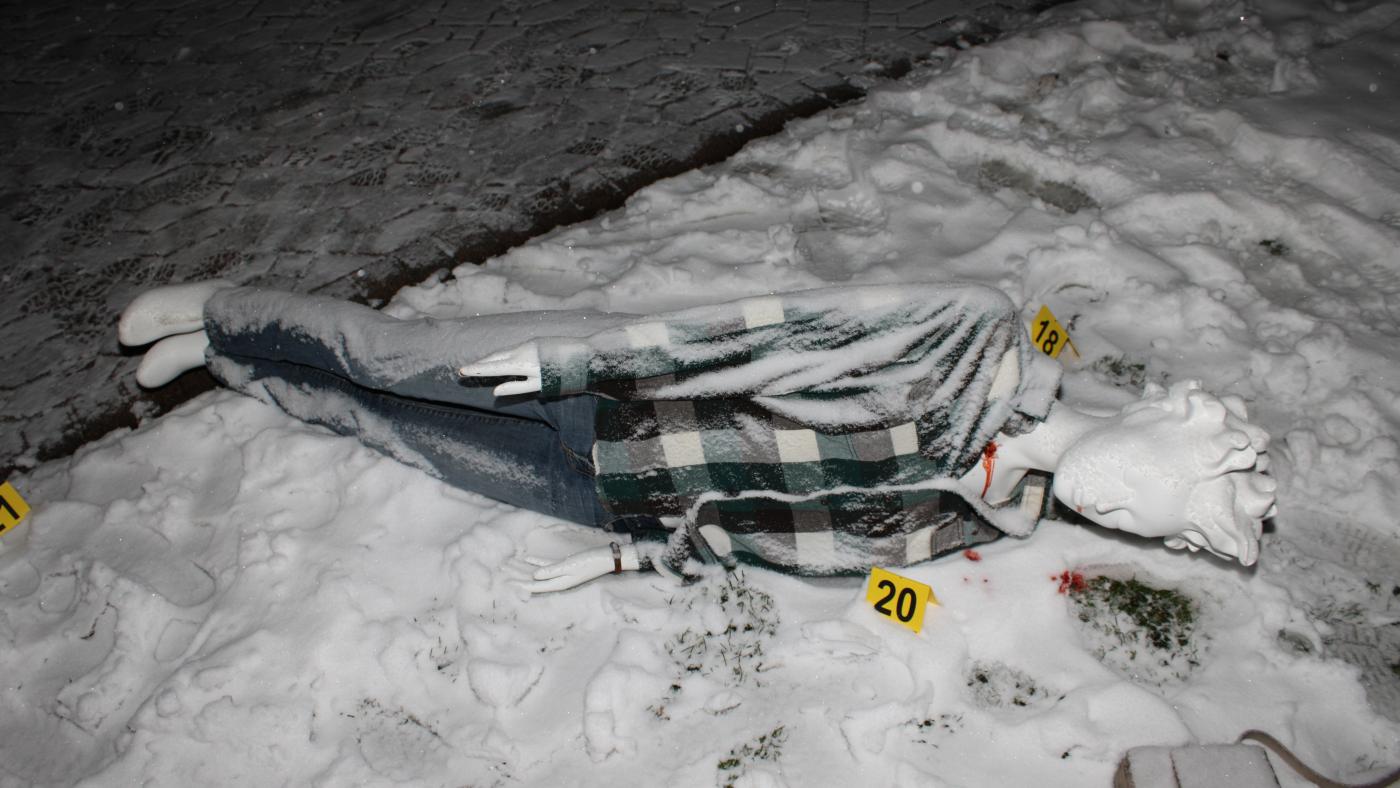Crime scene photos serve as crucial pieces of evidence in criminal investigations, providing a visual narrative of the events that transpired. These images hold the power to tell stories that often words cannot convey, capturing the raw emotions and unsettling reality of crime. From law enforcement agencies to the courts, the use of crime scene photos plays a vital role in the pursuit of justice, making them an essential tool for detectives, forensic experts, and legal professionals alike.
As we delve into the world of crime scene photography, we uncover the complexities surrounding the ethical considerations, the technical skills required, and the profound implications that these images carry. They can evoke a range of emotions, from shock and horror to empathy and understanding, illustrating the darker aspects of human nature. Indeed, the impact of crime scene photos extends beyond the immediate investigation, influencing public perceptions and media portrayals of crime.
Whether one is a budding photographer, a seasoned investigator, or simply a curious individual, understanding the significance of crime scene photos opens up a realm of insights into the criminal justice system. This article aims to illuminate the various facets of crime scene photography, exploring its importance, ethical dilemmas, and the meticulous processes involved in capturing these haunting yet necessary images.
What is the Role of Crime Scene Photos in Investigations?
Crime scene photos serve multiple purposes in criminal investigations:
- Documenting the scene for future reference
- Providing evidence for court proceedings
- Assisting in the reconstruction of events
- Helping to establish timelines and sequences of events
How Are Crime Scene Photos Taken?
The process of capturing crime scene photos involves several critical steps:
- Securing the crime scene to prevent contamination
- Using proper lighting and angles to capture the scene accurately
- Documenting every detail, including victim positioning, evidence, and surroundings
- Creating both wide-angle and close-up shots to provide a comprehensive view
What Ethical Considerations Surround Crime Scene Photography?
Crime scene photography raises important ethical questions, including:
- How to balance the need for evidence with respect for victims and their families?
- What guidelines should photographers follow to avoid sensationalism?
- How to handle sensitive or graphic images in a responsible manner?
Who Are the Key Figures in Crime Scene Photography?
In the realm of crime scene photography, various professionals play pivotal roles:
- Forensic photographers
- Crime scene investigators (CSIs)
- Detectives and law enforcement officers
- Legal professionals and courtroom experts
What Equipment Do Crime Scene Photographers Use?
Crime scene photographers require specialized equipment to ensure accurate documentation:
- Digital cameras with high-resolution capabilities
- Tripods for stability
- External flash units for proper lighting
- Specialized lenses for close-up shots
How Do Crime Scene Photos Impact Public Perception?
Crime scene photos can significantly influence how the public views crime and justice:
- They may evoke fear or concern within communities.
- Media portrayals of crime scene photos can shape narratives around certain crimes.
- Public access to these images can lead to discussions about crime rates and safety.
What Are Some Notable Crime Scene Photos in History?
Throughout history, several crime scene photos have gained notoriety, often becoming iconic in their own right:
- The Black Dahlia case
- The Zodiac Killer letters and associated crime scenes
- The aftermath of famous assassinations
How Can Crime Scene Photos Aid in Solving Cold Cases?
Crime scene photos can play a crucial role in reopening cold cases:
- They provide a visual reference for investigators revisiting unsolved crimes.
- New technology may allow for enhanced analysis of the images.
- Crime scene photos can trigger new leads or witness recollections.
What is the Future of Crime Scene Photography?
The future of crime scene photography looks promising, with advancements in technology shaping the field:
- Integration of 3D imaging and virtual reality for more immersive investigations.
- Utilization of drones for aerial photography of crime scenes.
- Enhanced editing software for better analysis and presentation of images.
Nude Britney Spears: The Story Behind The Iconic Moments
Exploring The Intriguing Ethnicity Of Sasha Samsudean
Unveiling The Mystery: LaylaDeline OnlyFans Leaked Content


